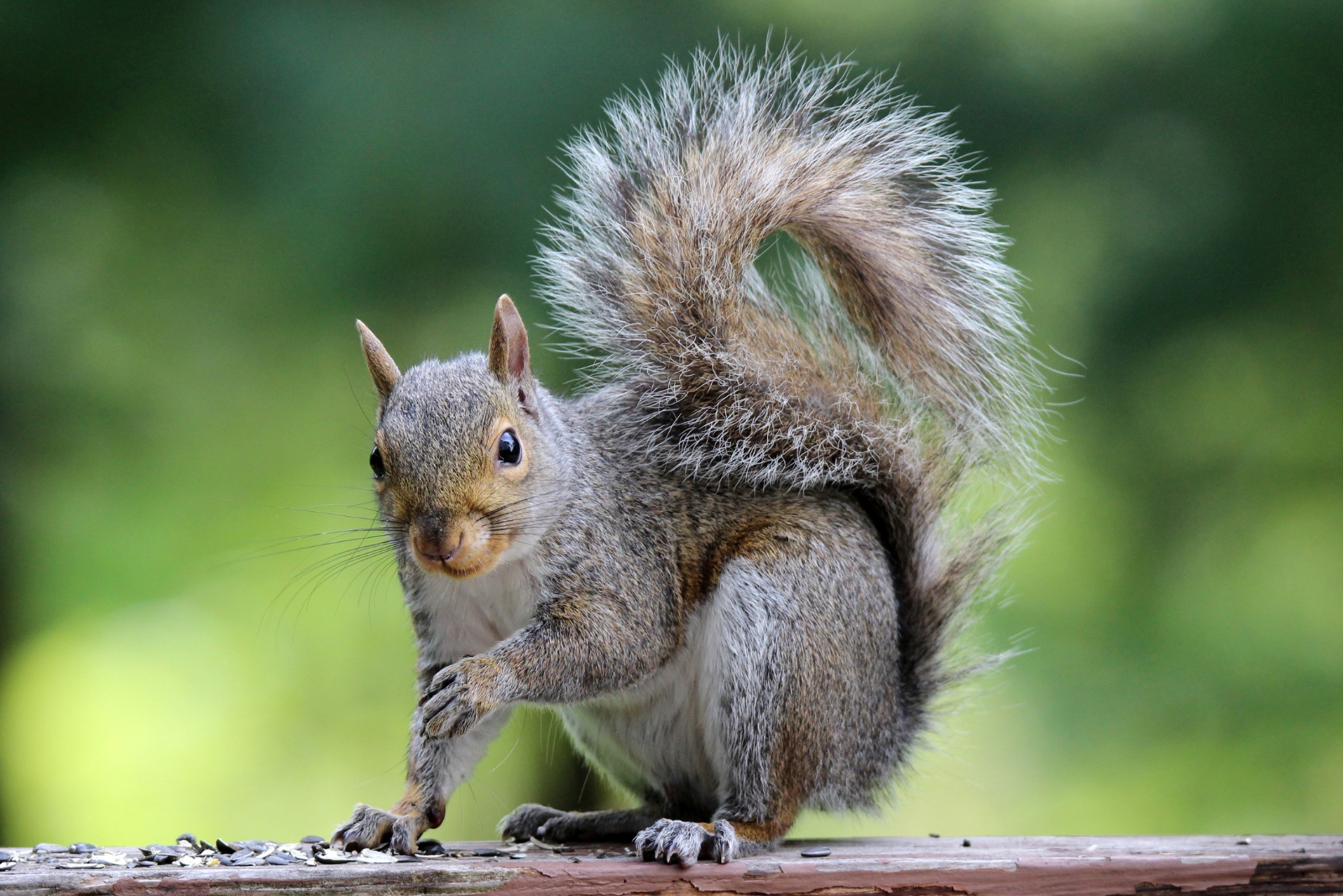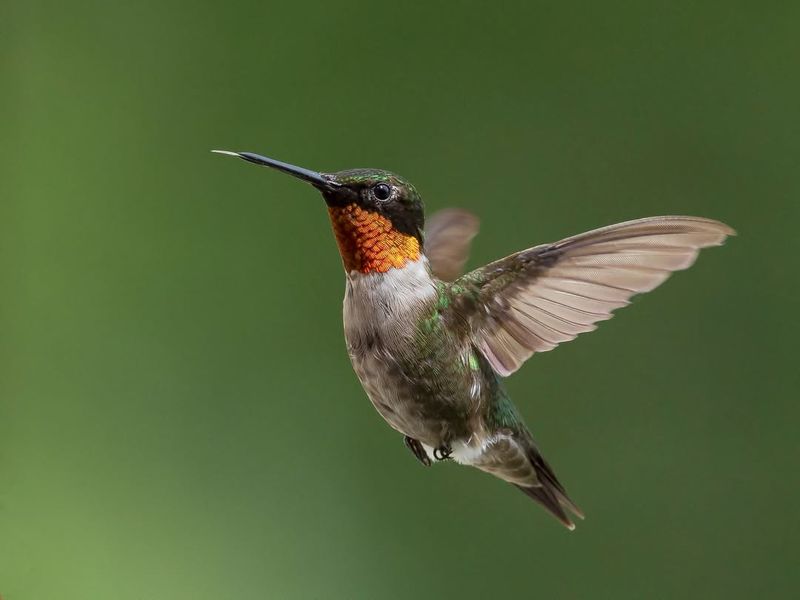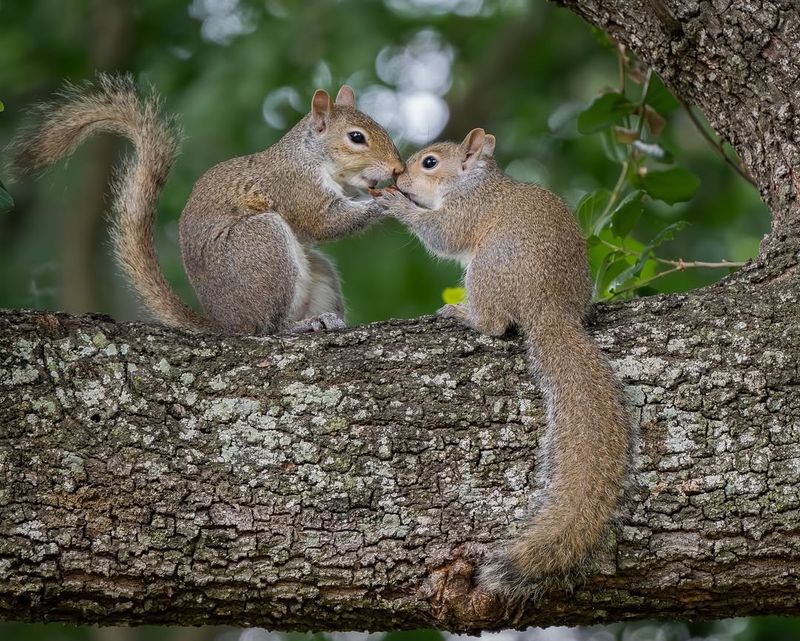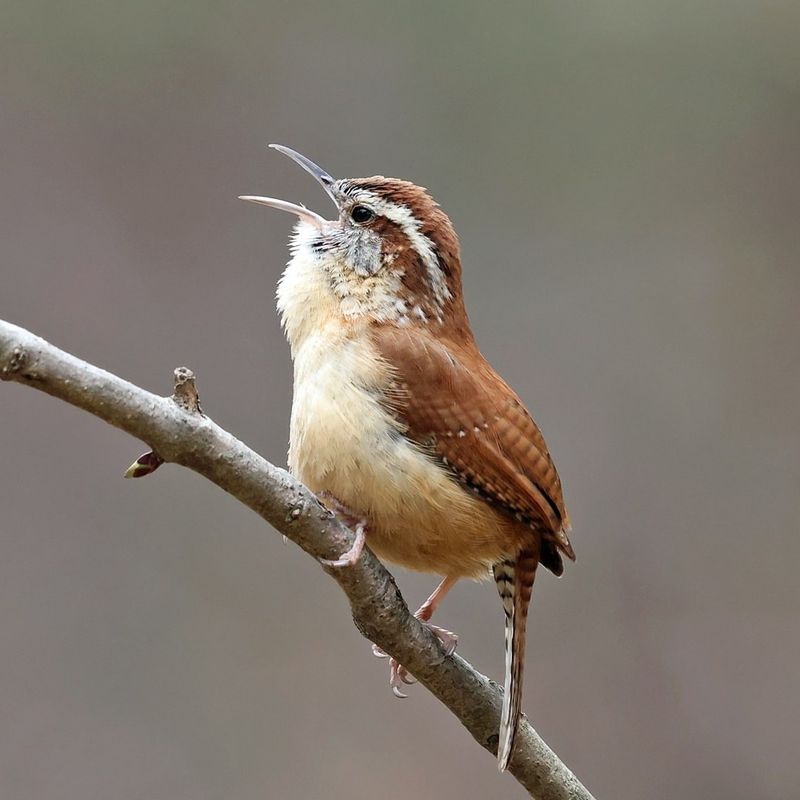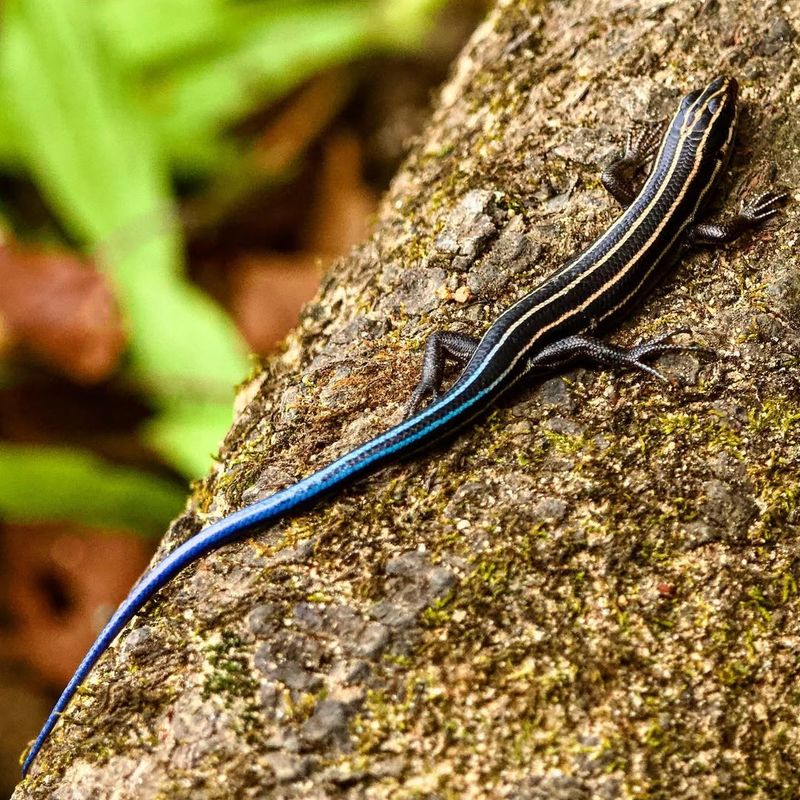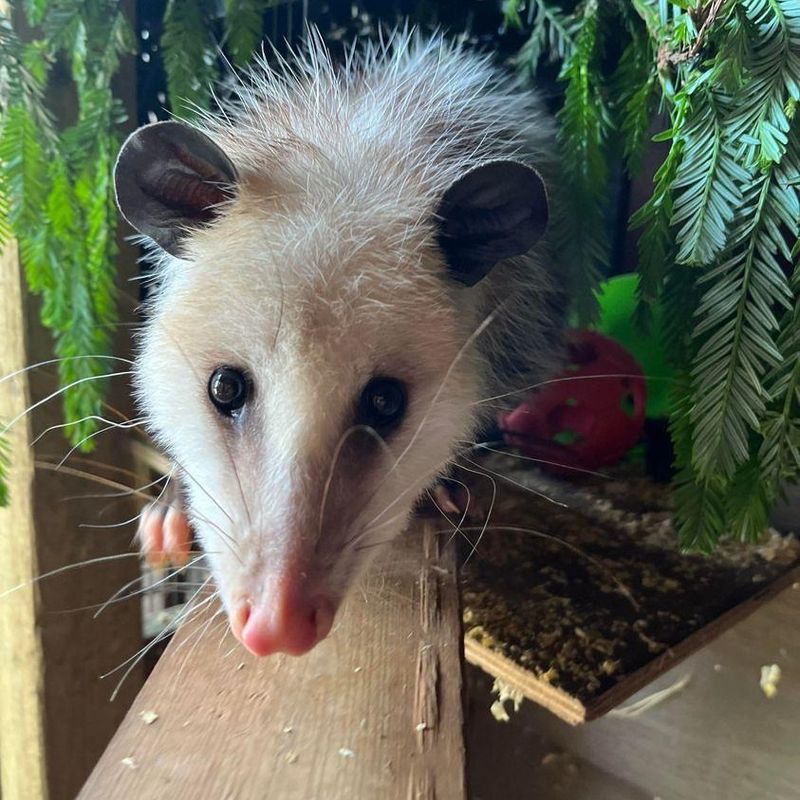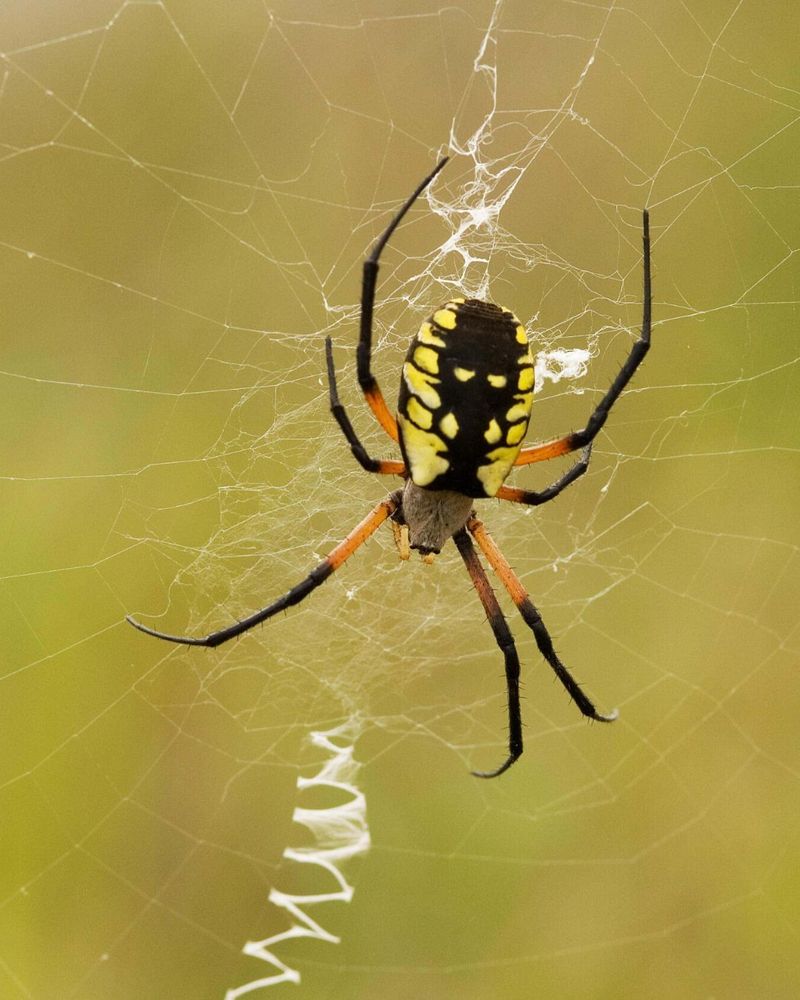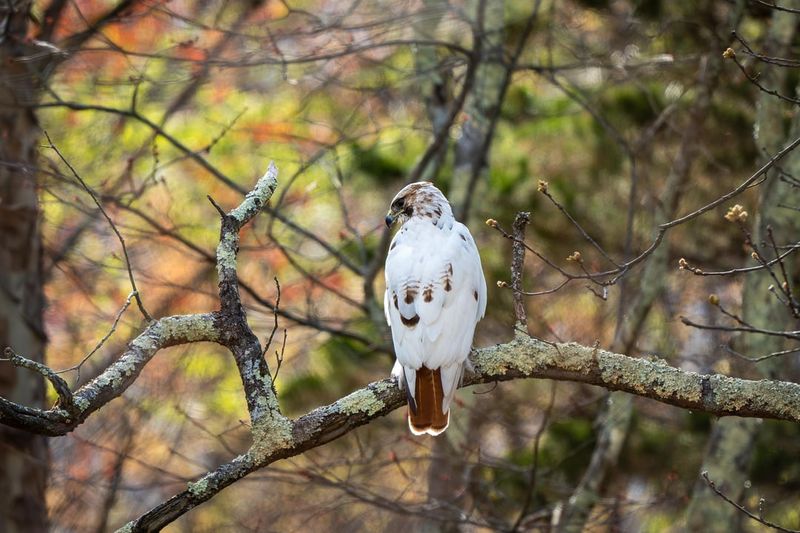Alabama backyards are full of unexpected wildlife, sometimes more than you realize. I’ve noticed a few surprises in my own yard that made me look twice.
Knowing which creatures might already be around helps you plan and protect your garden. Once you spot them, every day outside becomes a mini wildlife adventure.
1. Eastern Box Turtle
Wandering slowly through the grass, box turtles are living treasures you might spot on a warm Alabama morning. Their domed shells feature beautiful yellow and orange patterns that make each one unique.
These reptiles can live over 100 years and often return to the same yard year after year. They munch on berries, mushrooms, and insects while exploring.
If you find one crossing your yard, simply let it continue on its journey. Box turtles are harmless and beneficial, keeping your garden ecosystem balanced naturally.
2. Ruby-Throated Hummingbird
Watch for a flash of emerald green zipping past your Alabama flowers during spring and summer months. Male hummingbirds sport a brilliant red throat that sparkles like a jewel in sunlight.
These tiny birds weigh less than a nickel but can fly up to 60 miles per hour. They visit hundreds of flowers daily, drinking nectar and catching tiny insects.
Hanging a simple sugar-water feeder attracts them easily. Change the mixture every few days to keep it fresh and watch these aerial acrobats perform amazing mid-air tricks.
3. Gray Squirrel
Acrobatic and endlessly entertaining, gray squirrels are probably the most common visitors to Alabama yards. Their bushy tails help them balance as they leap between branches with remarkable precision.
Squirrels spend their days gathering nuts, seeds, and fruits to bury for later. Surprisingly, they forget where they hide about 25 percent of their food, which helps new trees grow.
You’ll often see them chasing each other in playful spirals around tree trunks. Despite their mischievous reputation, they’re important for spreading seeds throughout your neighborhood.
4. American Toad
After evening rain showers, you might hear a musical trilling sound coming from your Alabama garden. American toads create this lovely song during breeding season to attract mates.
Their bumpy, brownish skin helps them blend perfectly into soil and leaf litter. Toads are champion bug-eaters, consuming thousands of insects each summer including mosquitoes and beetles.
Contrary to old myths, touching toads won’t give you warts. They do release a mild toxin if threatened, so it’s best to admire them without handling. Providing shallow water dishes helps them thrive.
5. Carolina Wren
With a voice much bigger than its body, the Carolina wren fills Alabama yards with loud, cheerful songs year-round. Its signature call sounds like “tea-kettle, tea-kettle, tea-kettle” repeated enthusiastically.
These small brown birds have a distinctive white eyebrow stripe and often hold their tails straight up. They’re incredibly bold, sometimes nesting in unusual spots like flowerpots, mailboxes, or garage shelves.
Carolina wrens eat spiders, caterpillars, and other insects they find while hopping through bushes. Their curious nature means you’ll often catch them investigating every corner of your outdoor space.
6. Five-Lined Skink
Sunbathing on rocks or wooden decks, these sleek lizards add a splash of color to Alabama yards. Young skinks sport electric blue tails that seem to glow in the sunlight, though adults develop more bronze coloring.
Their bright tails serve a clever purpose: predators grab the tail instead of the body, and it breaks off, allowing escape. The tail grows back over time.
Skinks are lightning-fast hunters, snatching up spiders, crickets, and beetles. They’re completely harmless to people and help control pest populations naturally around your home.
7. Virginia Opossum
North America’s only marsupial might be visiting your Alabama yard after dark, searching for fallen fruit and insects. Opossums have a reputation for being pests, but they’re actually helpful neighbors who rarely cause problems.
These misunderstood creatures eat thousands of ticks each season, reducing Lyme disease risk. They also clean up carrion and overripe fruit that would otherwise attract flies.
Despite their hissing when scared, opossums are non-aggressive and would rather waddle away than fight. Their famous “playing dead” act is actually an involuntary response to extreme fear.
8. Eastern Cottontail Rabbit
Nibbling clover at dawn or dusk, cottontail rabbits are frequent Alabama yard visitors with adorable white powder-puff tails. They freeze motionless when sensing danger, relying on camouflage before bolting away in zigzag patterns.
Baby rabbits are born in shallow ground nests lined with fur and grass. Mother rabbits only visit twice daily to nurse, so seemingly abandoned babies are usually fine.
While they occasionally munch garden vegetables, cottontails also eat weeds and provide food for local predators. Fencing specific plants works better than trying to remove these native animals completely.
9. Garden Spider
Spinning elaborate webs overnight, garden spiders are architectural artists of the Alabama insect world. Their webs feature distinctive zigzag patterns called stabilimenta that may help attract prey or strengthen the structure.
Females grow quite large with striking yellow and black markings, while males remain much smaller. Despite their intimidating size, they’re completely harmless to humans and prefer to avoid contact.
These spiders catch enormous numbers of flies, mosquitoes, and other flying pests throughout summer. Watching them rebuild their webs each evening is fascinating, as they consume and recycle the old silk first.
10. Red-Tailed Hawk
Circling high overhead or perched in tall trees, red-tailed hawks survey Alabama neighborhoods for mice, voles, and rabbits. Their distinctive rusty-red tail feathers are easiest to spot when they soar with wings spread wide.
These powerful raptors have incredible eyesight, spotting small movements from hundreds of feet above. Their piercing screech is the classic hawk call used in movies.
Having a hawk nearby is actually beneficial, as they control rodent populations naturally. They typically ignore pets and people, focusing instead on hunting small wildlife throughout their territory.
11. Firefly
Summer evenings in Alabama transform into magical light shows when fireflies emerge at dusk. Their synchronized flashing is actually a complex mating language, with each species having unique flash patterns and timing.
Both males flying through the air and females perched in grass produce light through a chemical reaction that creates almost no heat. Scientists call this bioluminescence.
Firefly populations have declined due to light pollution and pesticides. Turning off outdoor lights, avoiding chemicals, and letting grass grow a bit longer helps these enchanting insects thrive in your yard.

